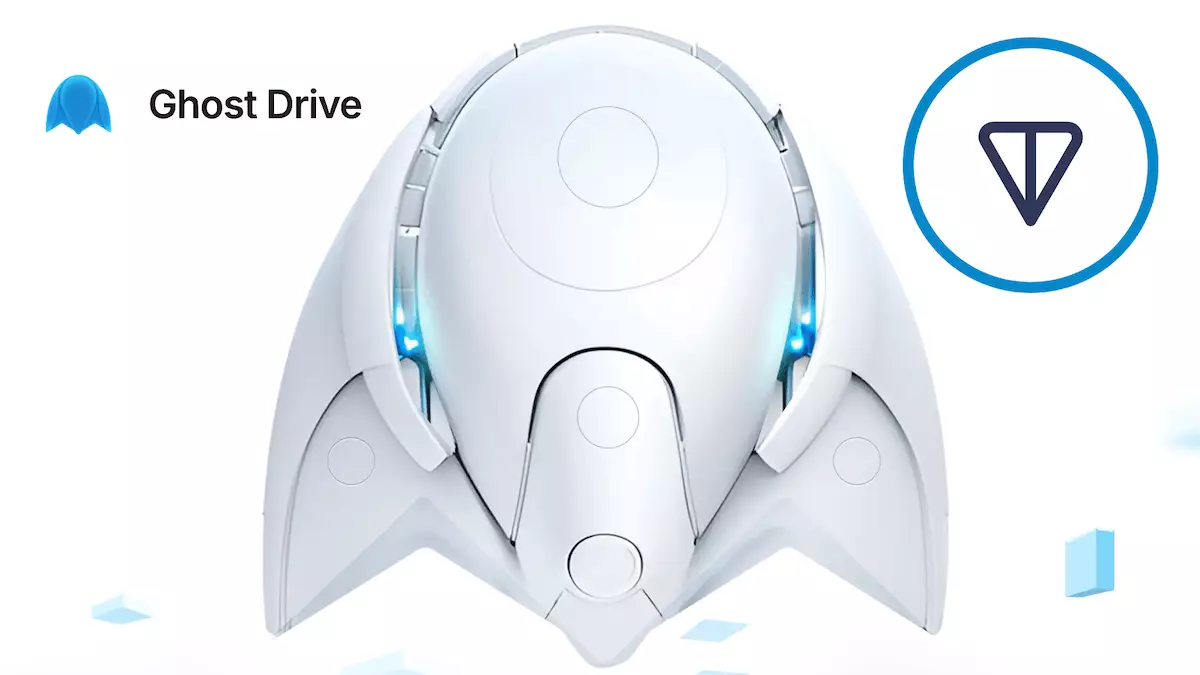As the digital landscape evolves, the demand for secure and user-centric storage solutions has become more pronounced. GhostDrive has emerged as a promising contender within the decentralized Web3 storage sector, attracting a notable user base of over 740,000 individuals each month. Leveraging the functionalities of a Telegram Mini App on the TON (The Open Network) blockchain, GhostDrive is positioning itself distinctly in a market primarily dominated by established Web2 services like Dropbox. However, it is in its innovative approach to monetizing storage—through pay-per-view, streaming, and advertising—that GhostDrive seeks to carve out its unique niche.
At the core of GhostDrive’s offering is its pioneering Decentralized Physical Infrastructure Network (DePin). This groundbreaking framework utilizes TON’s Layer 2 hot storage technology while seamlessly integrating with Filecoin’s cold storage capabilities. By strategically bridging these technological advancements, GhostDrive tackles two significant challenges often associated with decentralized storage: the high costs of on-chain storage and the latency that typically hampers data access. With GhostDrive, users can retrieve stored data not only quickly but also affordably. This dual focus on efficiency and accessibility promises to redefine how we approach data storage in a decentralized context.
A pivotal advantage that GhostDrive offers over traditional Web2 solutions is the enhanced security that comes from decentralization. Unlike centralized services that concentrate data in a single location, which poses substantial vulnerabilities to data breaches, GhostDrive distributes data across multiple nodes. This architecture substantially mitigates the risk of targeted attacks. Users are empowered with total control over their data: thanks to encryption features, files are safeguarded even before they leave the user’s device. In contrast, conventional platforms often maintain access to user information, leaving consumers exposed to potential third-party or governmental scrutiny.
In addition to security, GhostDrive offers transparency—something rare in traditional storage solutions. With every interaction recorded on an immutable blockchain ledger, users can track their data’s journey with a level of assurance previously unattainable. Moreover, GhostDrive’s integration of tokenization allows users to convert their files into digital assets. This innovative feature opens up channels for files to be traded or sold, blending the realms of data management and digital commerce.
Another distinguishing aspect of GhostDrive is its commitment to community building and user engagement. Unlike the subscription-based models prevalent among stalwarts like Dropbox, GhostDrive incorporates an incentive-driven rewards program. Users can accumulate points and bonus storage by participating in the platform and inviting others to join. This model is not merely consumer-centric; it fosters a community ecosystem where active users are recognized for their engagement, creating a more dynamic user experience.
As GhostDrive continues to develop its features and offerings, it possesses the potential to set a new standard in decentralized storage solutions. The convergence of its integration with leading decentralized technologies—namely TON and Filecoin—enables it to promise a service that is not just reliable and fast, but also cost-effective for users. In an age where data privacy and control are paramount, GhostDrive’s model may very well be the blueprint other competitors in the space look to emulate.
The arrival of GhostDrive signifies a transformative shift in how data storage solutions are conceptualized and implemented in the Web3 sphere. By combining security, efficiency, transparency, and community-driven initiatives, it stands poised to challenge the status quo of data management dominated by giants of the Web2 era. However, its long-term success will depend on its ability to continually innovate and meet the evolving needs of users in a fast-paced digital landscape.















